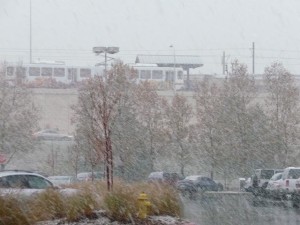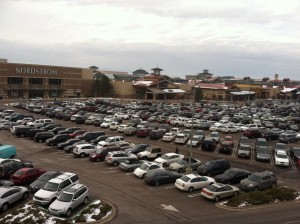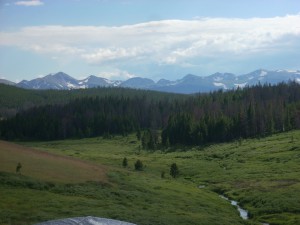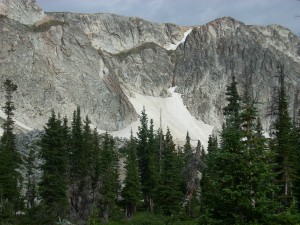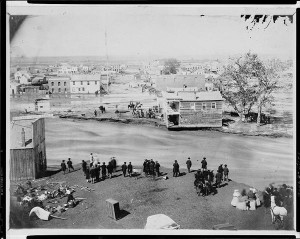Colorado Rain, Ritual
 Rain for a month. In Colorado! The climate change deniers must be having second thoughts. It rains on the unrighteous (Republicans) as well as the righteous (me). The upside is that we have been finishing up our landscaping project which began with our new garage last summer. There are just a few loose ends, a little planting, support for the raspberry bushes, and cleaning up after the hailstorm.
Rain for a month. In Colorado! The climate change deniers must be having second thoughts. It rains on the unrighteous (Republicans) as well as the righteous (me). The upside is that we have been finishing up our landscaping project which began with our new garage last summer. There are just a few loose ends, a little planting, support for the raspberry bushes, and cleaning up after the hailstorm.
Some of our new plants are a bit ragged, but I don’t think we lost anything. Our neighborhood does not seem to get quite the weather extremes as other areas in the metro area. We have a lot of leaves down I will rake up if it ever dries out. I had sense enough to put my pickup in the garage before Thursday’s hailstorm.
Climate change. It seems like this area will be wetter with more extreme events than in the recent geologic past. Our front range mountains are good at catching moisture brought in from both gulfs by a low pressure system south of here. Some call it the Albuquerque Low. Unfortunately, it doesn’t bring much rain to California.
This area may become something of an oasis in a growing desert. What is clear is that we can no longer count on the status quo. Humanity has to drastically reduce the amount of carbon dioxide we pump into the atmosphere. Of course, the earth seems to have self-correcting systems that restore a balance. It takes a long time however, and may mean the extinction of the species responsible for disrupting things. Once again the adage is proven true: “In the long run, we are all dead.”
On a completely different subject, I am I the coffee shop right next to the Denver University campus and today is graduation day. There were all these people all dressed up at 8:00 in the morning. The woman across from me at the table flew in from L.A. Last night for her best friends graduation. These rituals were on the wane for lots of years. I did not even entertain the idea of add ending my graduation from CSU, but of course it was the sixties. The only important ritual was passing the doobie.
Now ritual seems to be returning. The Masons and the American Legion are dying out, but preschoolers are wearing caps and gowns to graduate. Ritual brings us together, and we need more. I don’t know what will replace the obsolete organizations, but something will probably happen. People need one another, and have to come together to reaffirm that need. Which reminds me, my 55th High School reunion is in September

